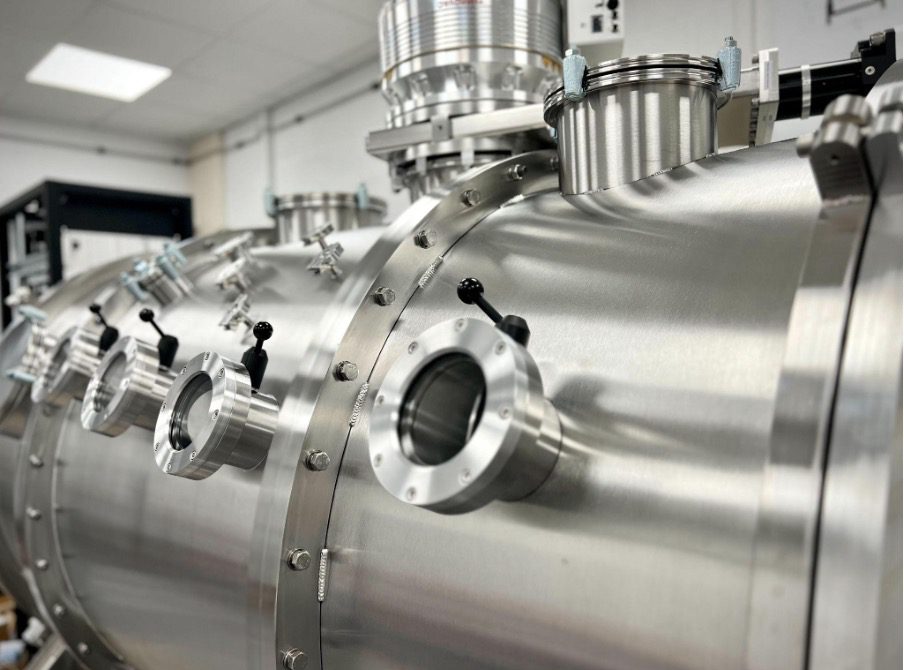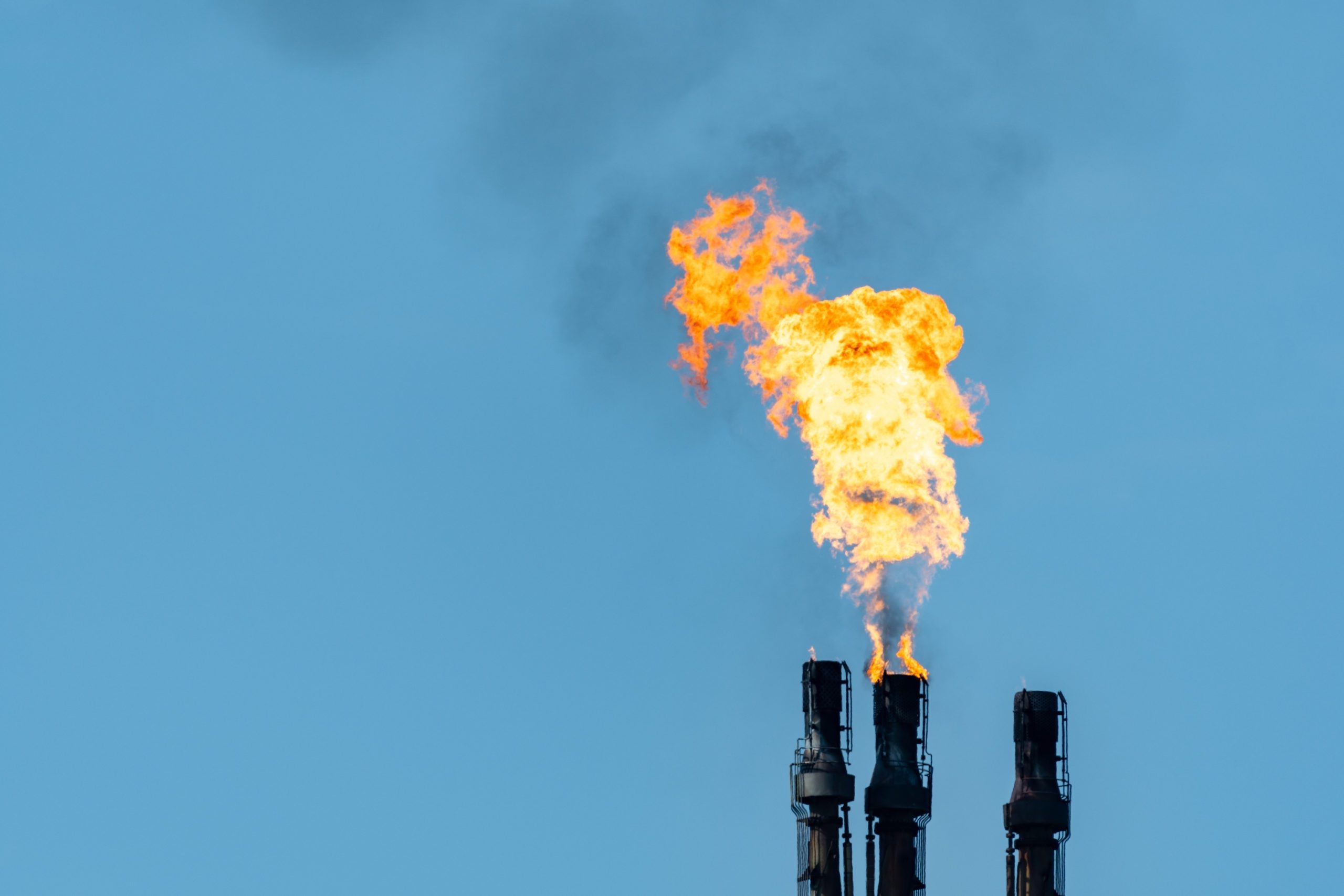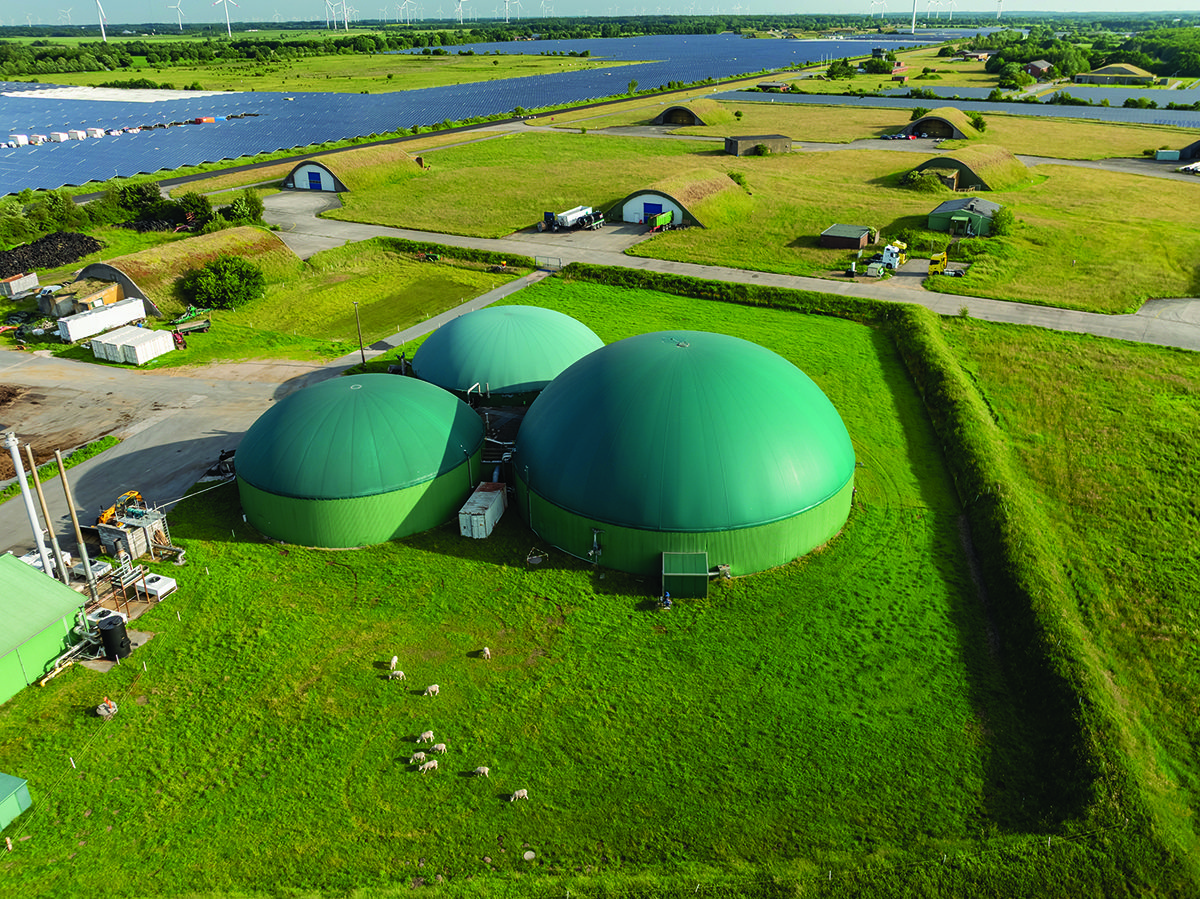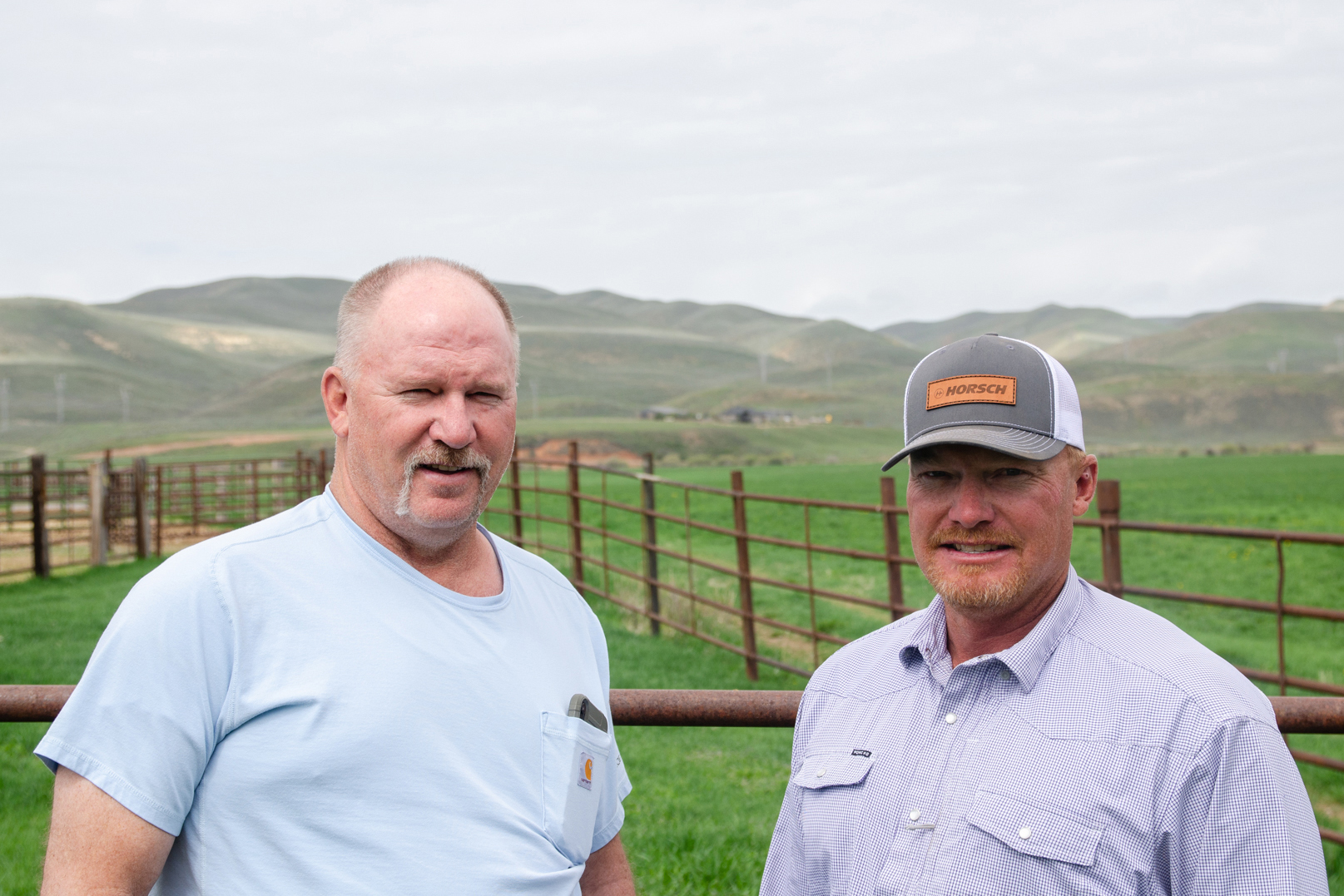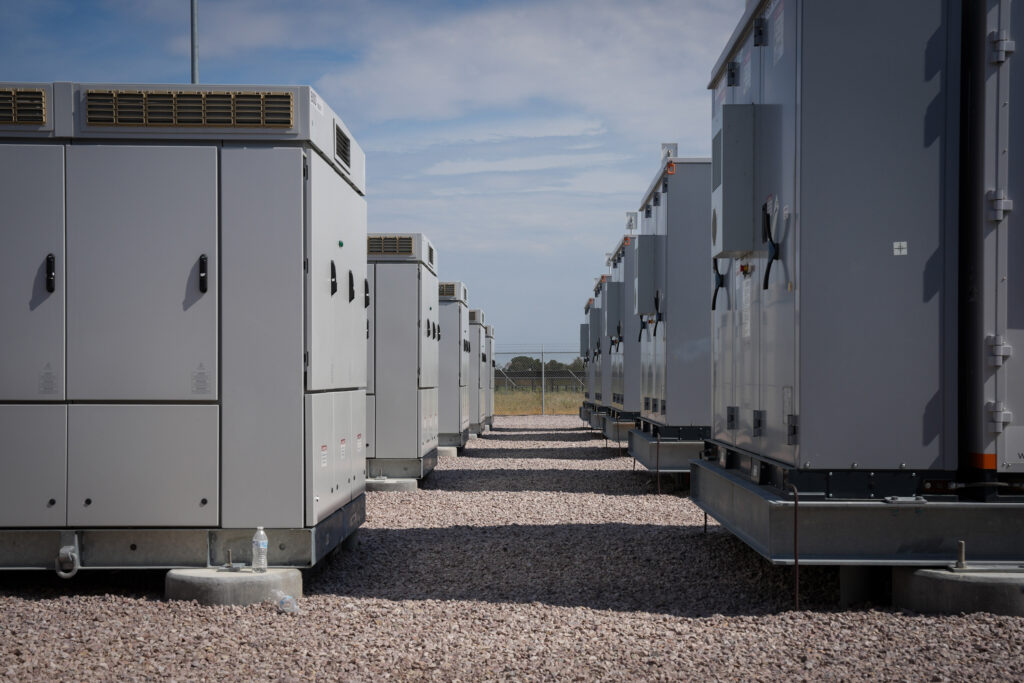New analysis from McKinsey and the World Economic Forum appears to highlight the vital role of circular retrofitting in conserving natural resources, meeting decarbonization targets, and unlocking substantial economic opportunities. The report, “Circularity in the Built Environment: Unlocking Opportunities in Retrofits”, explores the potential of retrofits to decarbonize the built environment, a sector responsible for nearly 40% of global energy-related carbon emissions, while sustainably managing the rising demand of construction materials.
The latest findings reveal that to meet net-zero targets, the retrofit market must grow from $500 billion today to approximately $3.9 trillion by 2050. Achieving this will require nearly 40 billion tonnes of materials by 2050, including glass, steel, aluminium, and insulation components like fiberglass and mineral wool. Without adopting circular practices, this surge in retrofitting activity could lead to unsustainable levels of raw material consumption and waste.
Circular retrofitting provides a viable solution to the dual challenges of reducing emissions and conserving resources, with the potential to recirculate on average 50% of materials removed during retrofits between 2023 and 2050. This approach could result in a reduction of 500 million metric tons of carbon emissions annually by 2050 and divert materials worth $600 billion from landfills. Retrofitting provides a cost-effective alternative to new construction, reducing emissions by 75% and cutting costs by 77% compared to building new, all while minimizing the environmental impacts associated with material extraction and processing.
To unlock these benefits, the report emphasizes the need to scale retrofit rates globally, rising from less than 1% in 2024 to 3% annually by 2030 and 4% by 2050 to address immediate gaps in energy efficiency and the growing demand from global urbanization. Strengthening circular practices within the built environment, supported by collaboration across industries and governments, will be critical to accelerating the adoption of circular retrofits.
Jukka Maksimainen, senior partner at McKinsey, comments: “Circularity is no longer optional — it’s the key to transforming the sector. By adopting circular retrofitting practices, we can create a win-win scenario: cutting emissions while opening new avenues for economic value and sustainable innovation.”
Fernando Gómez, Head, Resource Systems and Resilience and Member of the Executive Committee at the World Economic Forum, added: “A more effective deployment of circular economy principles to retrofitting buildings opens new opportunities for collaboration across governments, industry leaders, and innovators. Accelerating its adoption across geographies is critical not only to achieving global decarbonization targets but also to ensuring long-term resource efficiency and sustainable growth.”
To download the report: Circularity in the Built Environment: Unlocking Opportunities in Retrofits, visit https://www.weforum.org/publications/circularity-in-the-built-environment-unlocking-opportunities-in-retrofits/






